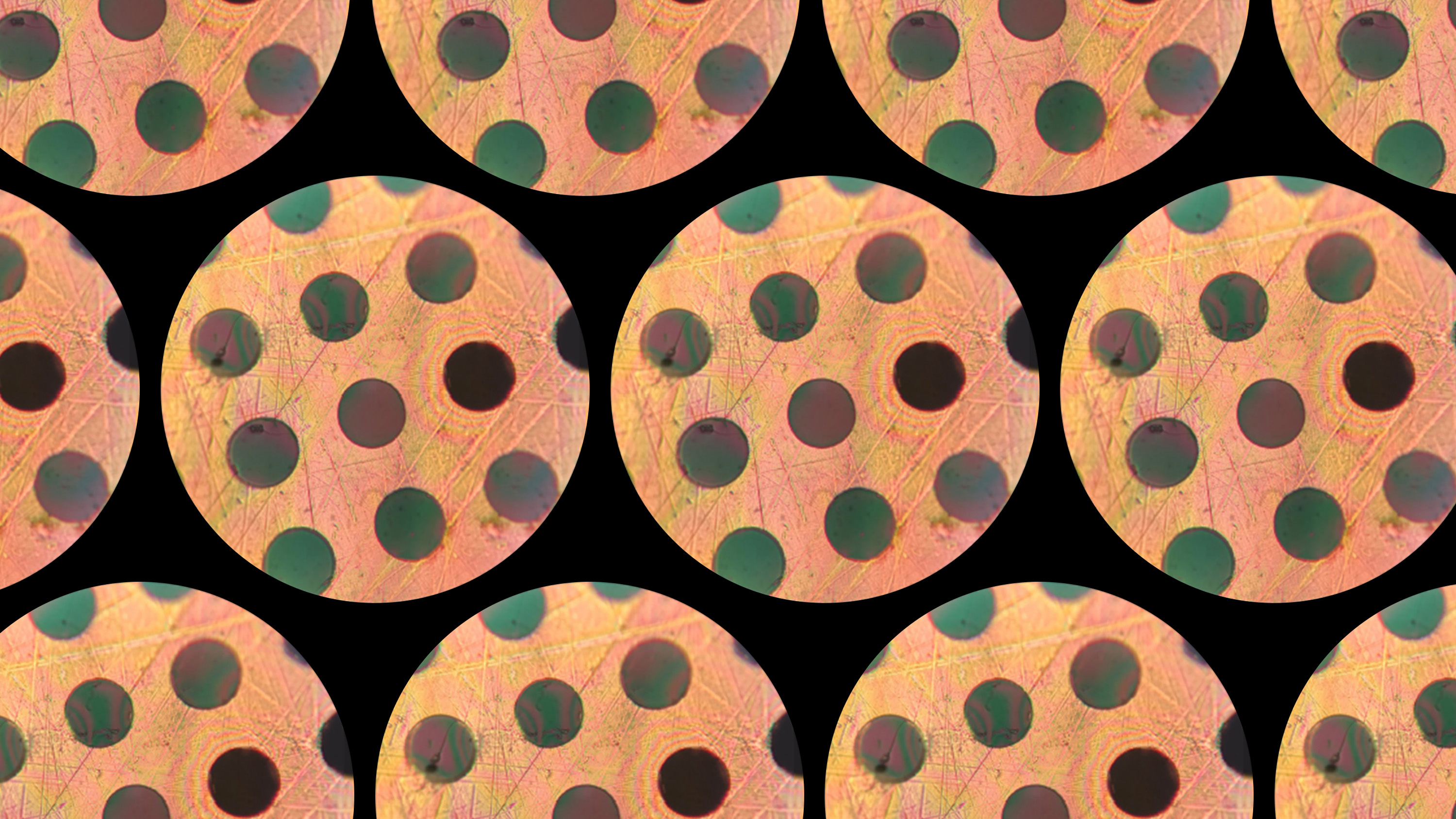A superhero polymer
Light as plastic, stronger than steel, and more difficult to deform than bulletproof glass.

“We don’t usually think of plastics as being something that you could use to support a building,” says MIT chemical engineer Michael Strano. But a new polymer his team has developed could do that and more.
Unlike all other polymers, which form one-dimensional, spaghetti-like chains of building blocks called monomers, the new material self-assembles into 2D sheets. Scientists have long hypothesized that if polymers could be induced to grow into such a sheet, they should form extremely strong, lightweight materials. Yet many decades of work led to the conclusion that it was impossible. One reason was that if just one monomer rotates up or down, out of the plane of the growing sheet, the material will begin expanding in three dimensions and the 2D structure will be lost.
To create the monomer building blocks, Strano’s lab used a compound called melamine, which contains a ring of carbon and nitrogen atoms, for the monomer building blocks. Under the right conditions, these monomers can grow in two dimensions, forming discs. These discs stack on top of each other, held together by powerful hydrogen bonds between the layers. “This mechanism happens spontaneously in solution,” Strano says, “and after we synthesize the material, we can easily spin-coat thin films that are extraordinarily strong.”
Because the material, called 2DPA-1, self-assembles, it’s easy to produce in large quantities. Its elastic modulus—the force it takes to deform a material—is between four and six times greater than that of bulletproof glass. The force required to break it is twice that of steel, even though it’s about one-sixth as dense. And while other polymers are made from coiled chains with gaps that allow gases to seep through, 2DPA-1 is made from monomers that lock together like Lego bricks, so molecules cannot get between them.
“This could allow us to create ultrathin coatings that can completely prevent water or gases from getting through,” Strano says. It could be used to protect car parts or cell phones, or as a building material for bridges and other structures.
Keep Reading
Most Popular
Large language models can do jaw-dropping things. But nobody knows exactly why.
And that's a problem. Figuring it out is one of the biggest scientific puzzles of our time and a crucial step towards controlling more powerful future models.
How scientists traced a mysterious covid case back to six toilets
When wastewater surveillance turns into a hunt for a single infected individual, the ethics get tricky.
The problem with plug-in hybrids? Their drivers.
Plug-in hybrids are often sold as a transition to EVs, but new data from Europe shows we’re still underestimating the emissions they produce.
Stay connected
Get the latest updates from
MIT Technology Review
Discover special offers, top stories, upcoming events, and more.